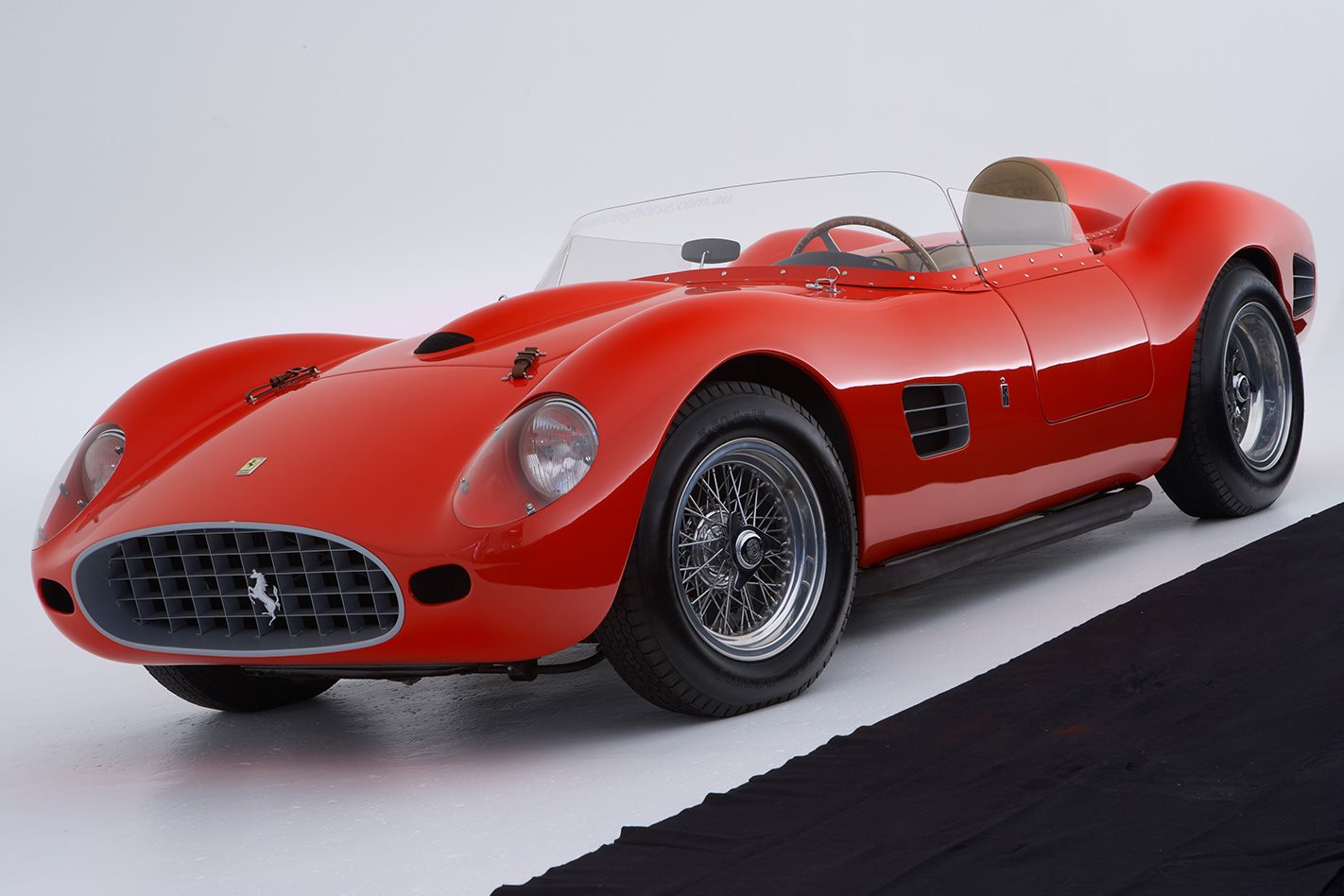Nineteen-fifties motor racing racing in Europe: Leather pudding bowl helmets, no seat-belts, names like Ascari, Fangio and Moss.
And a long honour roll of drivers (including Alberto Ascari) who, thanks to the appalling safety standards of the time, had left the building. Permanently.
And then in 1955 at Le Mans, it all got worse. Much worse.
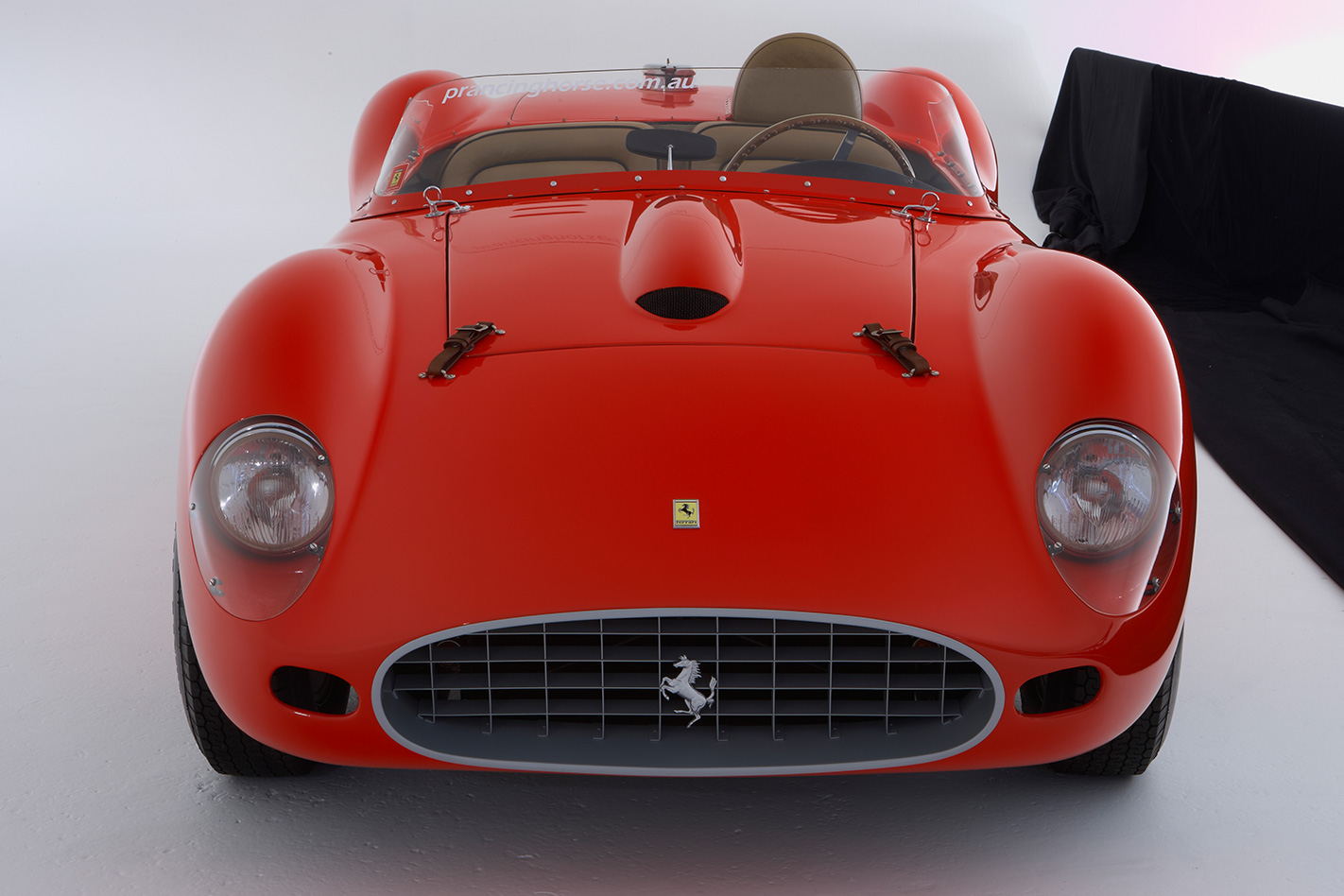
Levegh was killed, as were 83 spectators. A further 120 onlookers were injured.
The scene was horrific. The car’s front axle and engine had torn free, clubbing people to death. The bonnet had decapitated several more as it sliced through the packed crowd. The event still stands as the worst ever motorsport calamity. YouTube it; it’ll make your neck prickle.
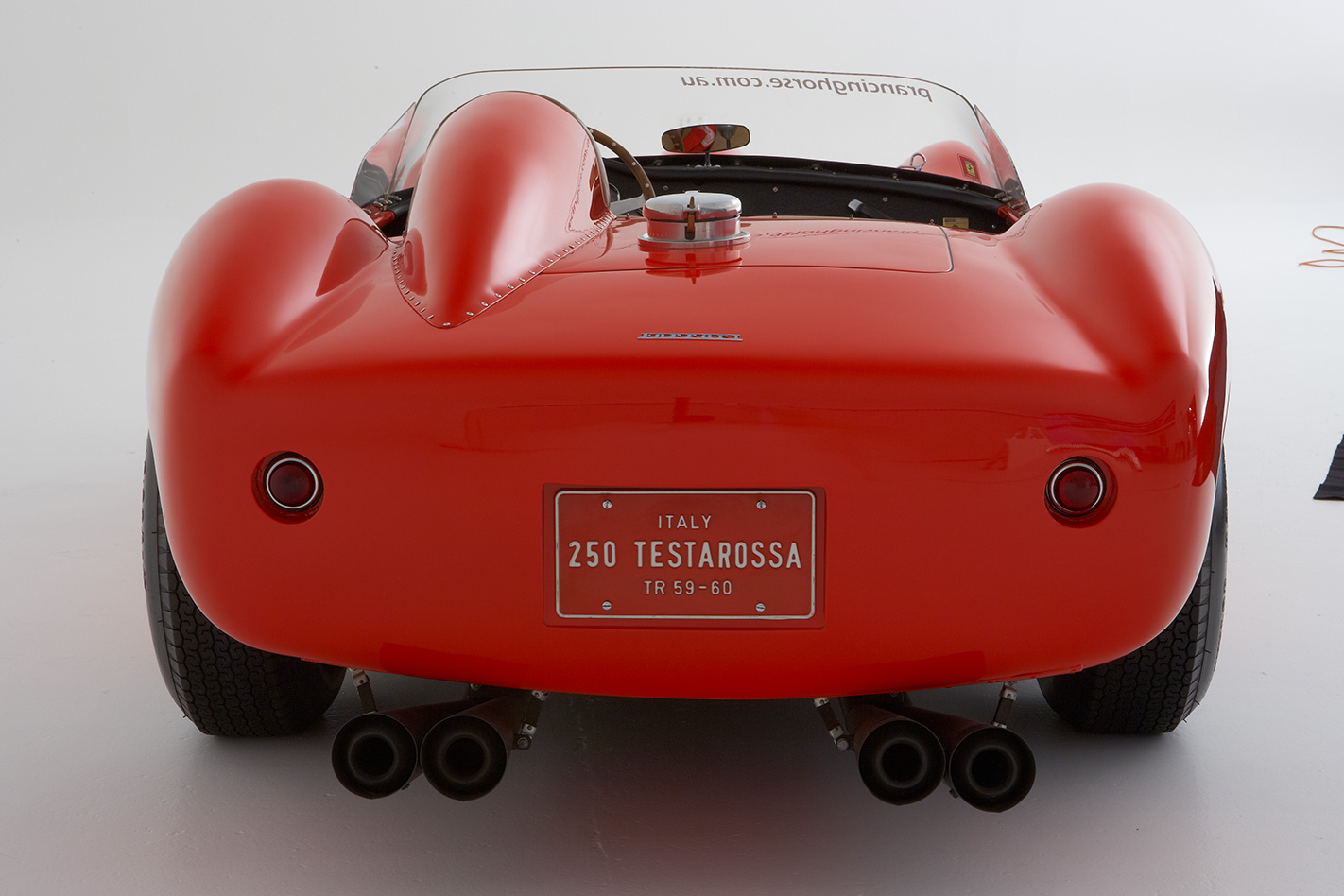
And it was against this horrific backdrop that the Ferrari 250 Testa Rossa was born.
Built in 1957 through to 1961, the 250 TR was a direct response to rule changes aimed at making motor racing less of a blood sport. Most notably, those changes consisted of an upper limit for engine displacement at three litres, although Ferrari was still allowed to run drum brakes all round when most of the competition had switched to discs.
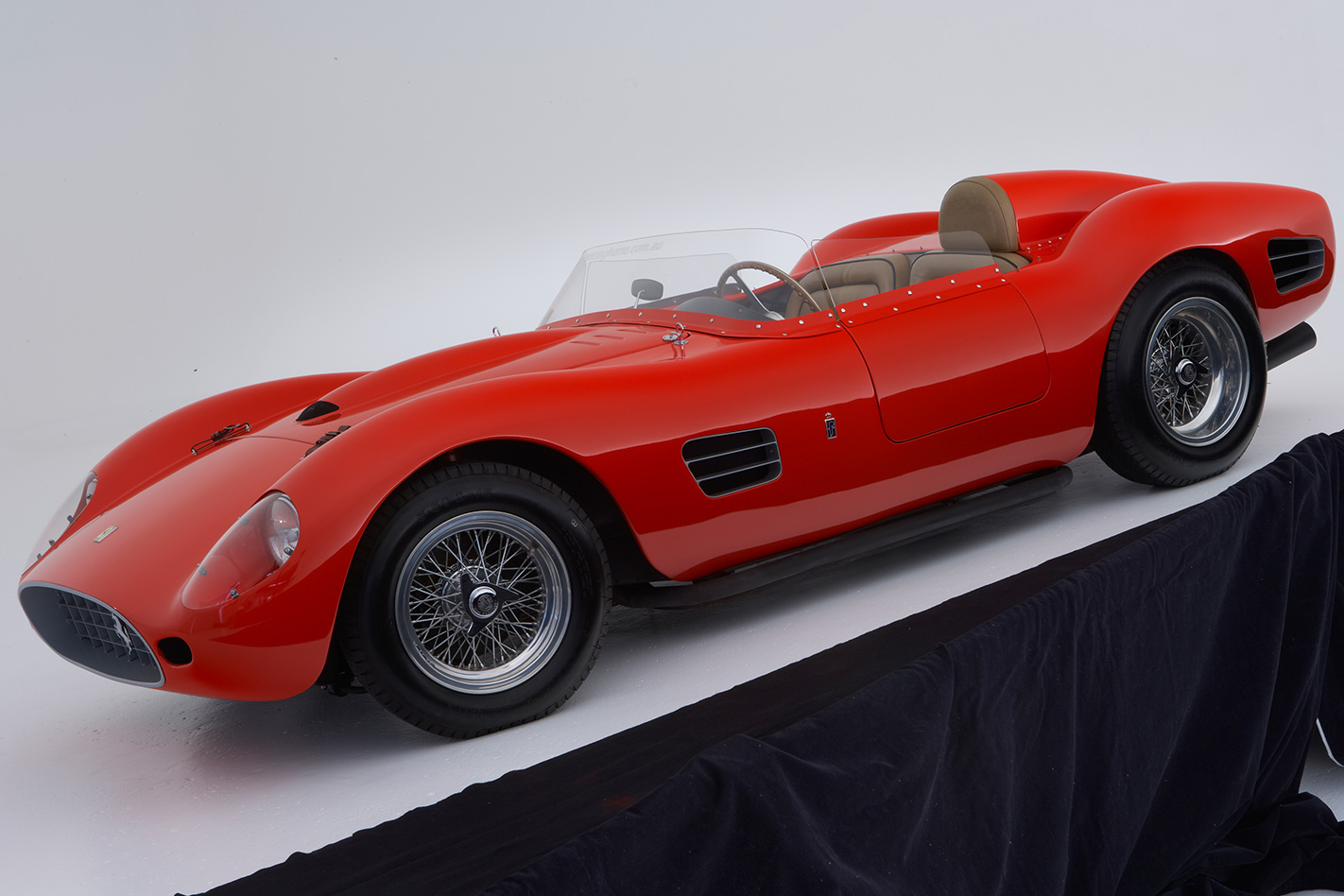
The bodies for the first 19 cars, built in ’57 and ’58, were by Scaglietti in a striking `pontoon’ style that also cleverly allowed for air flow to help cool those drum brakes. Which explains the huge area apparently scalloped out just behind the front wheels.
The problem there was that the sheer amount of air passing through the body created lift and the factory cars were soon sporting modified bodywork to keep them on the deck at 270km/h, a speed they could apparently attain.
The factory works racers used a De Dion tube rear end while customer cars got a much simpler live axle under the TR’s backside. At the front, unequal length A-arms and coil springs were joined by an anti-roll bar and hydraulic dampers. Steering was by worm-and-peg, while a conventional four-speed gearbox was used.
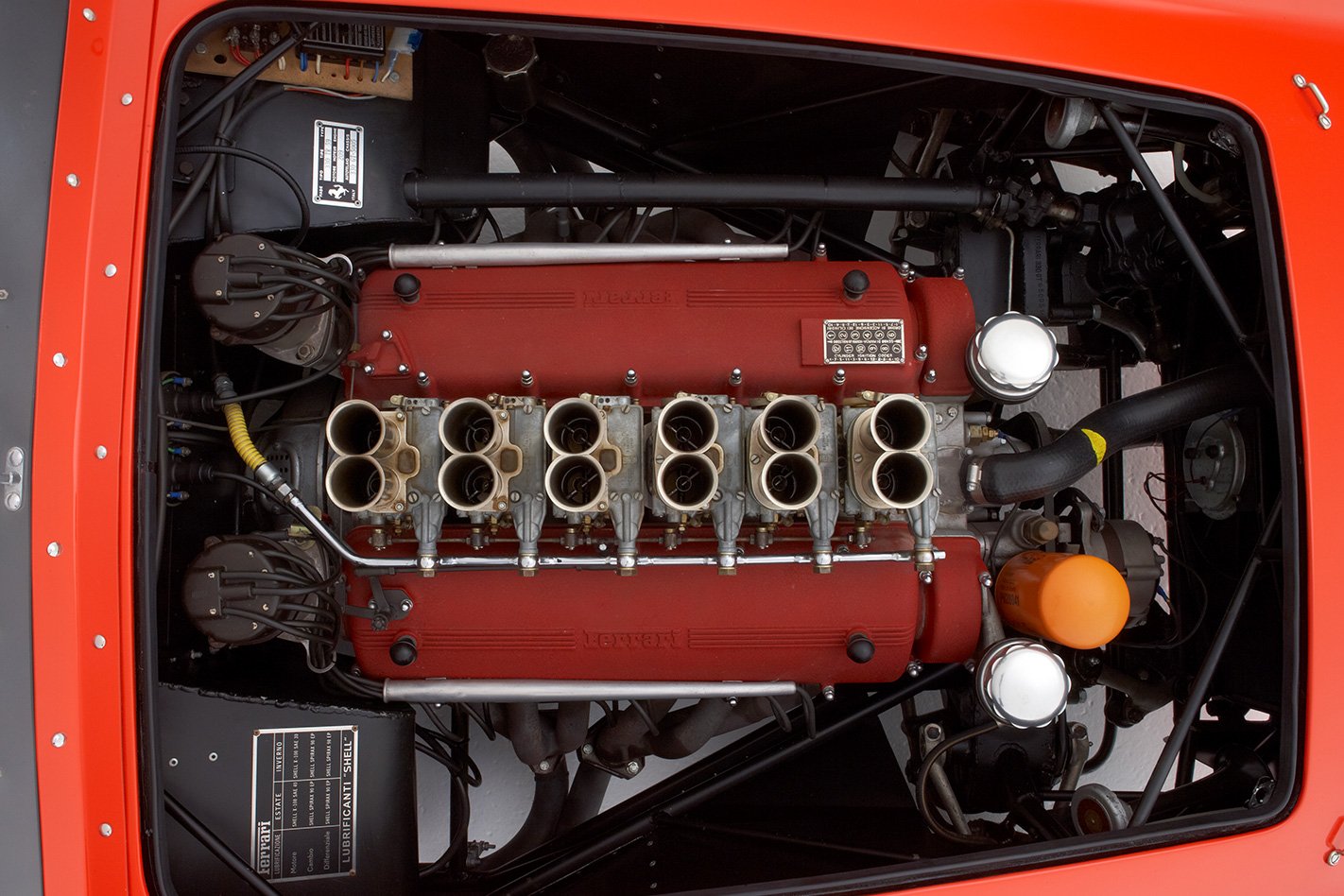
That view wasn’t helped by a further decision by the Old Man that meant that, rather than opt for a quad camshaft design (as Maserati was doing), Ferrari switched back to a single overhead camshaft on each bank of cylinders and two valves per cylinder.
As well as greater reliability during long-distance races, the SOHC layout also made life easier for the privateer teams that were certain to compete in the 250 TR.
But while Ferrari may have been a bit conservative when it came to camshafts, one thing was not negotiable, and that was the V12 layout. The engine’s 2953cc were courtesy of a hugely over-square layout of 73mm pistons and a crank with a 58mm throw.
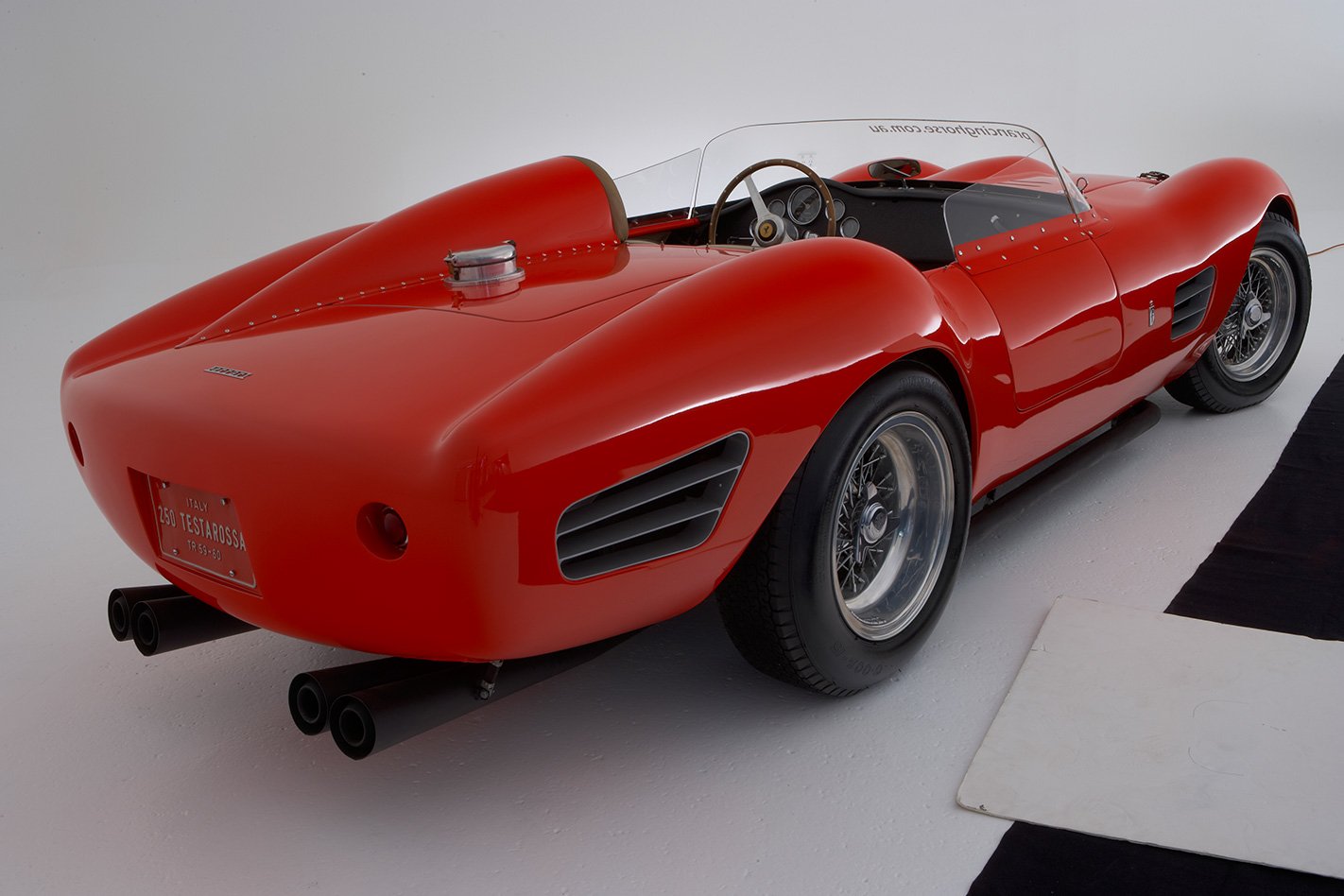
Given that this was still before the 1960s had arrived, the output of 224kW – 300 old-school horsepower – at 7200rpm was pretty incredible. Combine it with the sub-800kg mass and you had a real rocket on your hands. The 76kW per litre figure is one that modern atmo engines still struggle to achieve.
In fact, torque was also superb, too, with 302Nm (from a three-litre engine, remember) at 6100rpm.
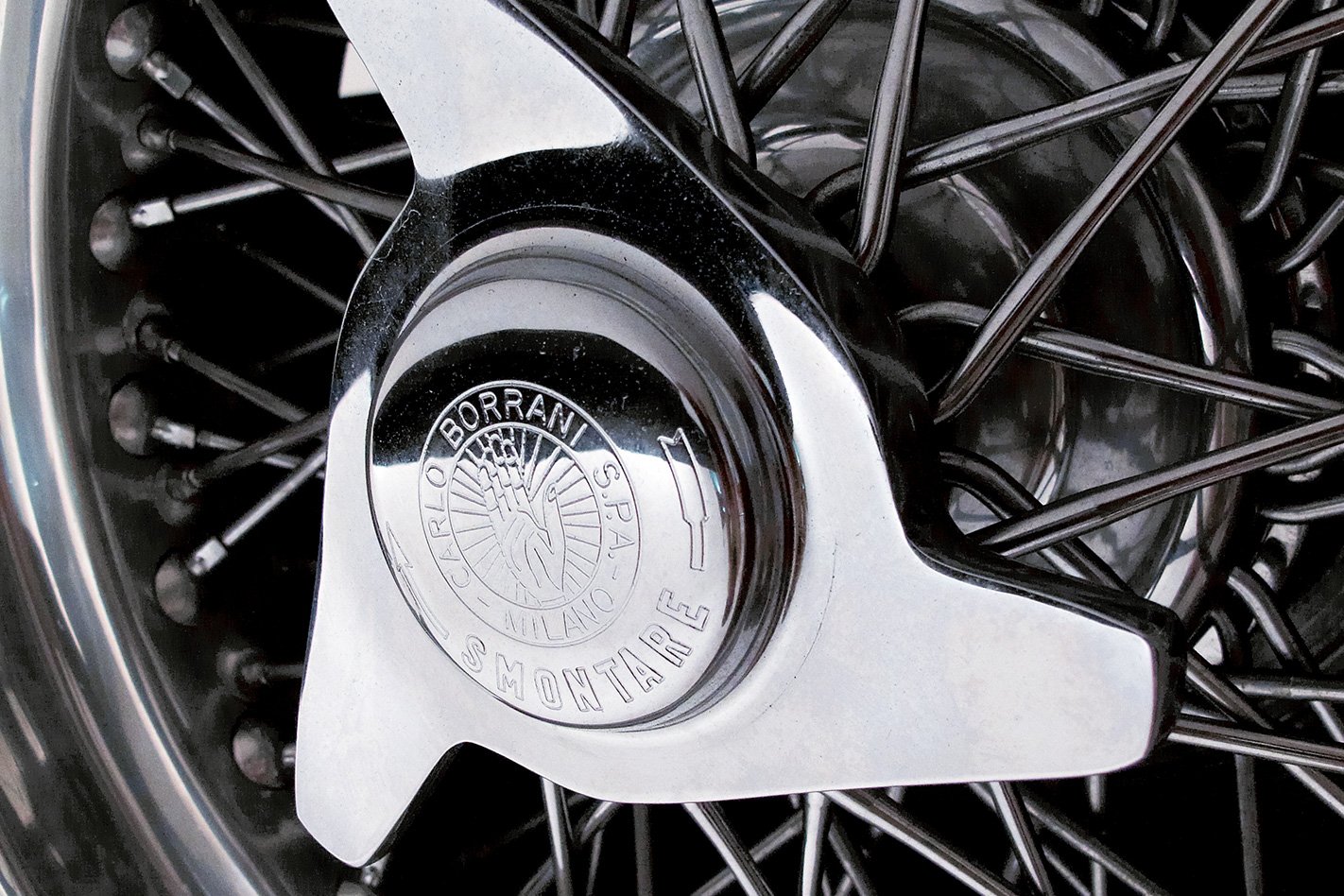
Ferrari didn’t rest on its laurels after the Le Mans win, however, and pretty much began work immediately on making the Testa Rossa even more capable at winning races. And right here the customer-car program was also dumped to concentrate on building factory machines.
After that point, the previous season’s factory cars were more or less handed down to favoured privateer teams, so the Pontoon cars continued to win races even after the factory switched to the new TR59 model.
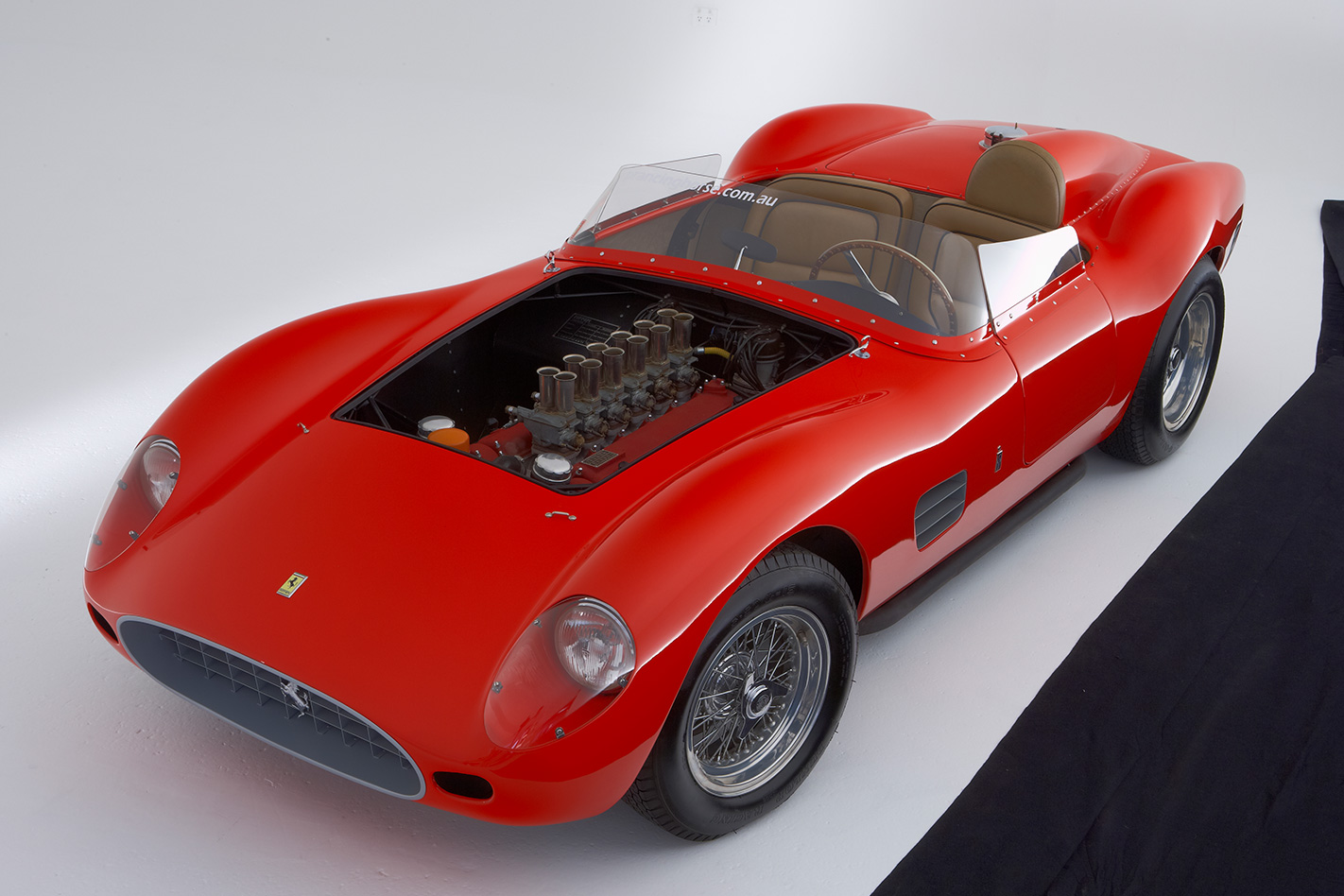
The V12 was marginally updated with a switch to coil springs for valve actuation, yielding 228kW, and the lump was moved across to the left by 100mm to make way for the new five-speed gearbox. Again, Pinninfarina was called in to sketch up the body, but building duties went to Fantuzzi, as Scaglietti was now busy making bodies for road cars.
So, with its new disc brakes, the 250 TR headed for the season-opener at Sebring and, some small dramas aside, pulled off a one-two finish at its first outing.
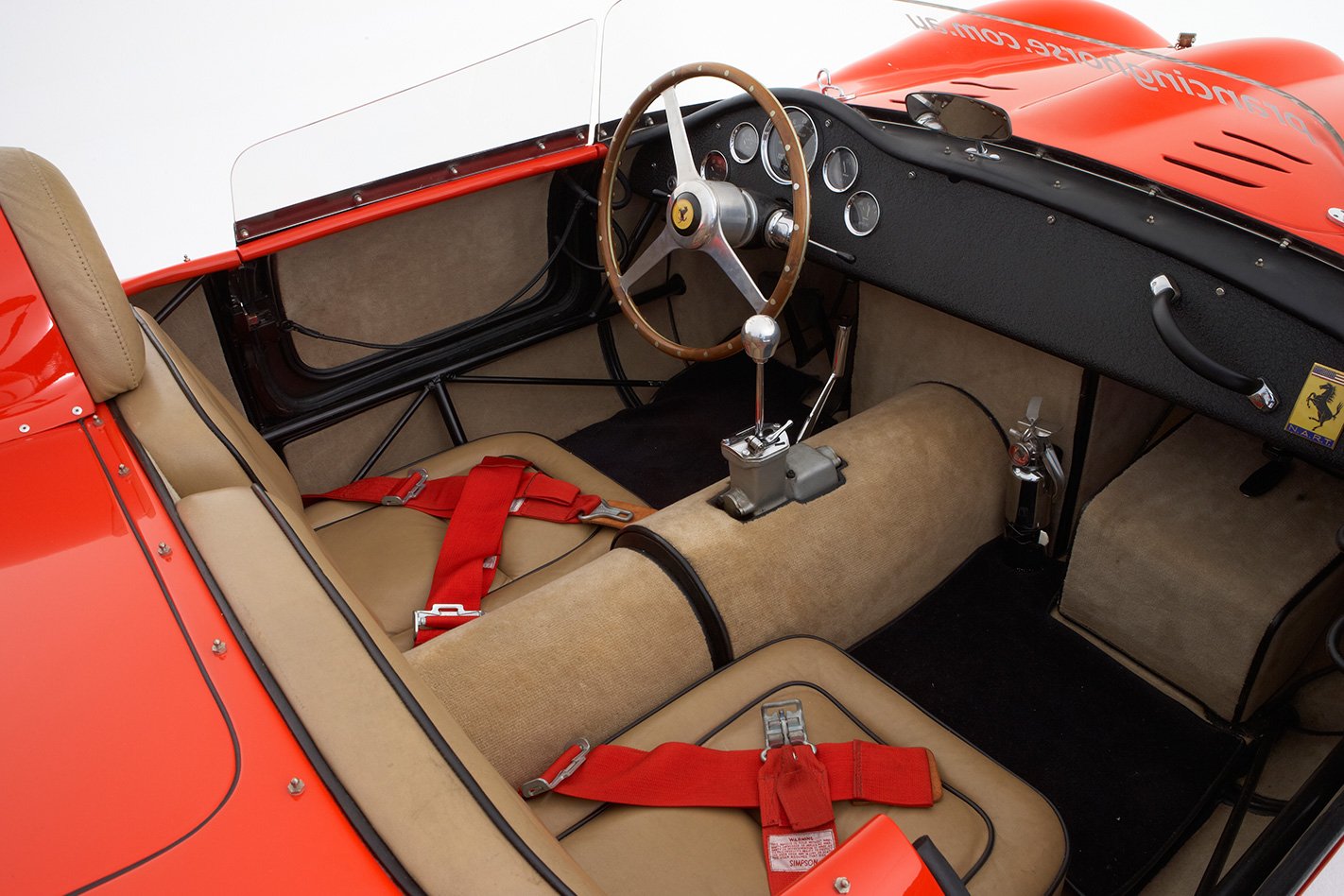
Not too surprisingly, Behra was out after 10 hours with a lunched motor. By the 20-hour mark, all three factory cars were out. The flip-side is, of course, that you can’t stop a born racer from racing and part of the blame must surely be laid upon the team management which knew the car was under-geared but, strangely, did nothing about it for the 24-hour classic.
Some minor alterations were made for the 1960 season and they centred mainly on finding a gearbox that would work with the rest of the package. The move to a fully independent chassis was made as a running change in time for the Le Man test day of 1960, but it wasn’t until 1961 that Ferrari finally developed a space-frame chassis for its Testa Rossa. The ‘shark-nose’ TR 61 continued to use much the same driveline but was now much lighter and stiffer than ever before.
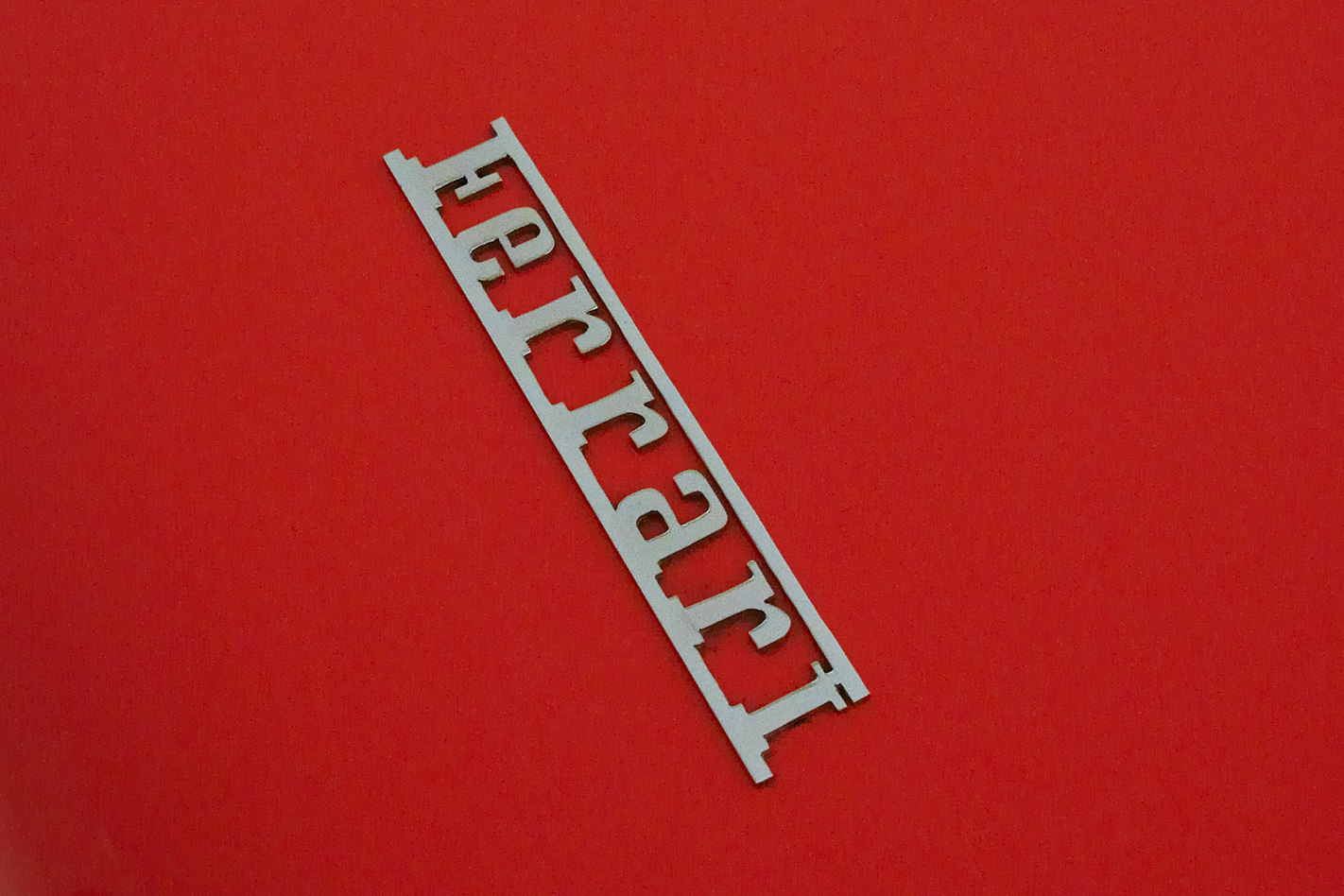
But the legend had been forged; in the 19 championship races contested by the 250 TR between 1958 and 1961, Testa Rossa won no less than 10 of them.
Track Record
Okay, here’s the deal. The car you’re looking at is not an original 250 TR. But neither is it a replica or a recreation. And it’s definitely not a fake.
What it is, then, is a 1961 Ferrari 330 that’s been re-bodied as a 1959 Testa Rossa.
Re-bodying cars is more commonplace for the era than you might think. And since Ferrari used the TR’s V12 engine and other mechanical bits and pieces across a huge range of models, there’s a lot of interchangeability. And to the extent that the driveline in this car is fundamentally the same as an original TR’s.

But why re-body a 330 as a Testa Rossa? Mainly because it’s the only way to get a 250 TR if that’s what your heart desires. See, there were probably only four 59 TRs made to the same spec as this one. In fact, only 34 250 TRs were ever built in any of its various forms between 1957 and 1961, so no prizes for guessing that it’s a seller’s market.
This car was brought to Australian in 2008 from an owner in Los Angeles and it’s now for sale through Prancing Horse Racing in Sydney.
And the sticker? A cool million-plus, although compared with the US$12 million that an original pontoon-bodied 250 TR fetched at auction in the States last year, that seems like pretty good value.
Pros
- Is there a cooler brand and era?
- Could still hold its own at a club day or hillclimb.
- You could hire it out for fun and profit.
- Imagine the first stone chip…
- Kiss goodbye anonymity.
- Erm, the price-tag.

